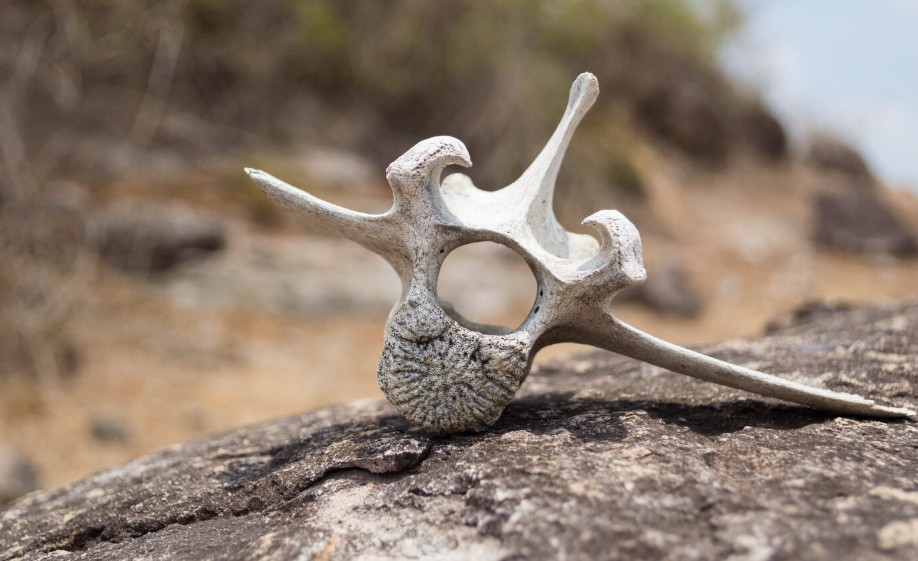Across the world, scientists and explorers uncover relics of Earth’s distant past that reveal the power and diversity of life millions of years ago. In the heart of ancient rock formations, dinosaur fossils are discovered, each one preserving the story of colossal reptiles that once dominated the land. Meanwhile, deep within ocean sediments, megalodon teeth tell of equally massive predators that ruled the seas with unmatched ferocity.
How the Process of Fossilization Preserves History
The natural process that creates such relics is slow and intricate. When ancient creatures perished, their remains were buried and replaced by minerals over time, leaving behind detailed stone replicas. These formations include dinosaur fossils that capture bones, footprints, and even skin impressions. Similarly, the fossilization of megalodon teeth reveals the remarkable endurance of these marine giants and the geological patience required to immortalize them.
The Art of Excavation and Scientific Discovery
Each discovery begins with careful excavation that requires precision and respect for history. Teams working in deserts, cliffs, and riverbeds often uncover dinosaur fossils preserved in fine detail, helping scientists reconstruct ancient ecosystems. In parallel, divers and paleontologists recovering megalodon teeth from the seabed contribute to understanding how these monstrous sharks evolved and interacted within prehistoric marine environments.
Understanding Prehistoric Ecosystems
Fossil evidence allows us to visualize entire ecosystems long extinct. Dinosaur fossils show how land creatures interacted, hunted, and thrived across continents that once formed Pangaea. In the same way, megalodon teeth paint a vivid picture of the food chains beneath ancient oceans, where massive sharks preyed upon whales and large fish. Together, they illustrate a dynamic and balanced world shaped by evolution and survival.
Cultural and Educational Significance
Beyond scientific importance, fossils have fascinated human cultures for centuries. Museums display dinosaur fossils as awe-inspiring testaments to life’s grandeur, sparking curiosity among all ages. At the same time, collectors prize megalodon teeth for their rarity and size, viewing them as tangible links to one of Earth’s most formidable predators. Both serve as symbols of our planet’s vast and mysterious past.
Modern Technology and Fossil Research
Advancements in science have transformed how fossils are studied. Using 3D scanning and digital modeling, researchers can analyze dinosaur fossils without damaging fragile specimens. Likewise, the microscopic examination of megalodon teeth helps identify chemical traces that reveal diet and habitat. These technologies continue to deepen our understanding of ancient life and the environments that shaped it.
Preservation, Ethics, and the Future of Paleontology
With increased interest in fossils comes the responsibility of preservation. Ethical excavation ensures that valuable specimens like dinosaur fossils remain protected for study and public education. Similarly, regulations on collecting megalodon teeth safeguard underwater environments from damage. Responsible research guarantees that future generations can continue exploring and learning from these incredible natural relics.
Conclusion
Dinosaur fossils and megalodon teeth together represent the immense diversity of life that once thrived across land and sea. They bridge millions of years of natural history, offering insight into evolution, extinction, and survival. Each fossil discovered is more than stone—it is a page in Earth’s story, reminding us that the past continues to shape our understanding of the world today.







Leave feedback about this